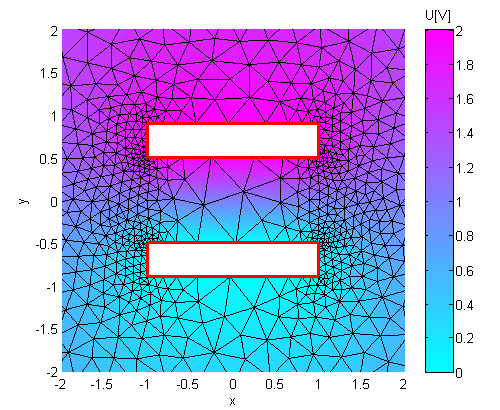
The problem is here that function quadcc is not vectorized, you. In order to plot the integral of f, we have to understand its integral g must be also a vector. if x is a vector, then f is also a vector). This way you have a vectorized version of the integral of $f$. and ( (1 I do not know if it is valuable to answer this question at this moment, but it is indeed a valuable question in terms of how to use (and think in terms of) GNU Octave. To change the appearance of the plot, we can add another argument to the plot command. The default style of plotting in Octave is a thin blue line to connect the points. To save a plot, in one of several image formats such as PostScript or PNG, use the print command. The optional return value h is a vector of graphics handles to the created line objects. If the first argument hax is an axes handle, then plot into this axis, rather than the current axes returned by gca. So I cannot compute the integrals by hand like I could in this simple case. The plot command is used to create the plot. This will plot the cosine and sine functions and label them accordingly in the legend. I need to integrate the real function 3 times in succession (f represents a jerk and I need to determine functions for acceleration, velocity and distance). This is just a simplified version of the real function I use, but the real function is also constant on a finite set of intervals ( number of intervals is less than ten if that matters). So I understand what's the reason for the error but have no clue how to get the desired result instead. * and((1 I can evaluate the function g like g(1.5) but plotting fails. I try to integrate a function and plot it in Octave.#Octave cplot how to#




 0 kommentar(er)
0 kommentar(er)
